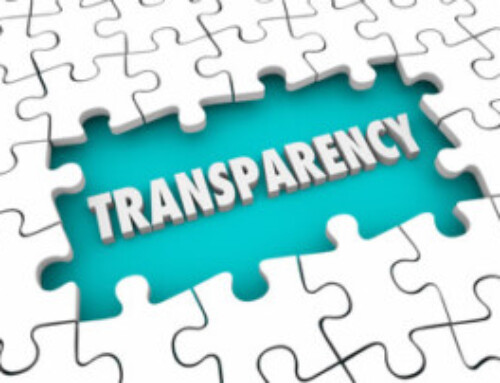 Want to Lose a Sale? Be a Therapist!
Want to Lose a Sale? Be a Therapist!
If you are a sales person, selling anything from property to technology, have you ever made this classic mistake? Your customer has entered the buying process, for whatever the product is, a house, a new MLS system, a new website, whatever, and you have a chance to sell them your product. They have reached what I will call the “threshold of activation” meaning simply that enough energy exists around an event for them to take action on it. They have experienced a business pain or recognized some lack in how they are doing things currently and they are ready to buy.
So what is the mistake I am referring to? It is really simple. Sales people are social. They are nice and usually have great personalities. They need to because they have to be able to engage many different people very quickly. They are chameleons in a way and the best are charismatic. That is all great stuff for establishing rapport at the start of a sales process but it doesn’t make the sale happen. The problem occurs as you move into the sales process because many sales people worry more about making their client feel good than helping them to move forward with a decision that is likely critical to their business. When that happens, they take away the “tension” or “energy” that has gotten the prospect to the point where they will pull the trigger, close the deal and buy what you are selling.
Rapport is important but don’t be a therapist!
Good sales people build rapport as a first step because without that there is no communication. There has to be a comfort level and trust. But then good sales people listen and learn what the issue is that has brought the prospect to the point of a potential buying decision. When they have a good idea of what the prospect’s issues and needs are they find a way to fulfill them hopefully with their product or service.
Bad sales people build rapport, just like a good sales person and they may even listen to the issues and needs of the prospect. But here is the key difference between a “closer” and a “non-closer”. A “non-closer” will lower the prospect’s “buying tension” and take them out of the buying mode. They want to be nice and they want to make the prospect feel better. Unfortunately this is not what the prospect came to you for and you are really not doing them any favors. They most likely have a real need and should make a decision to address it.
A Good and Bad Example
The Poor Closer Example
Prospect interacting with “poor closer”: A prospect is talking with a broker who is considering upgrading his office technology. He realizes he has fallen behind and has even lost some good agents because he has not made the investments in technology that some of his competitors have. He knows he is in a dangerous position. He is concerned. He has shared these concerns with the technology sales person.
“Poor closer” response: I can fully understand what you’re going through. I talk to many, many brokers in exactly the same position. It isn’t easy today keeping up with technology. You are definitely not the only broker with this problem.
Result: What the sales rep has done, trying to put the broker at ease, is told him basically, “Hey, everyone is having a hard time, don’t feel so bad.” The problem with that is the statement actually makes the broker feel less bad and reduces their “threshold of activation”. That is the level of energy that has to be present for them to take action, in this case on the issue of upgrading their technology. It reduces the pressure they feel and may actually take them below the threshold where they will actually buy.
The Good Closer Example
Prospect talks to the “good closer”: A prospect is talking with a broker who is considering upgrading his office technology. He realizes he has fallen behind and has even lost some good agents because he has not made the investments in technology that some of his competitors have. He knows he is in a dangerous position. He is concerned. He has shared these concerns with the technology sales person.
“Good closer” response: The “good closer” might say something like, “Thank you for bringing me up to speed on your situation. I can see why you are concerned. I know a number of your competitors personally that have already addressed this issue. Have you assessed what the impact will be on your business if you don’t take action?”
Result: It is important to note that the closer is not being manipulative here. They need to be honest, but the “closer” is actually helping the prospect to articulate the real need they are experiencing and the danger they face if they don’t take action. They don’t reduce the “buying tension”. The closer helps the prospect move through the process of buying rather than lowering their concerns by being the nice guy. Good sales people and good closers help prospects articulate their need, then make decisions that solve their problems.





Leave A Comment